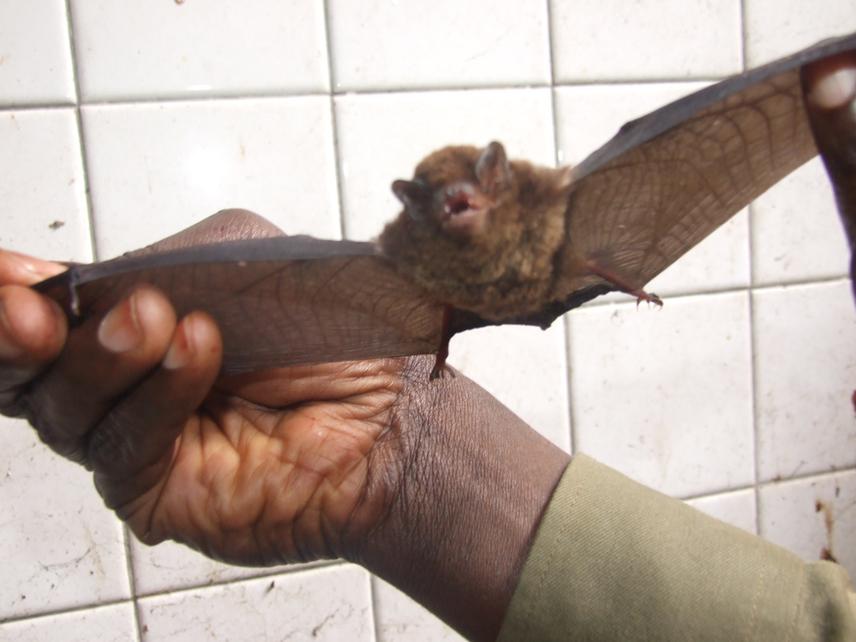Prince Kaleme
Other projects
14 Aug 2002
Habitat Preference and Distribution of Small Mammals in and Around Kahuzi Biega National Park (KBNP), Eastern DRC
15 Jul 2013
Bat Conservation in the Mount Hoyo Forest Reserve, Eastern Democratic Republic of Congo
19 Mar 2015
Bat Conservation in the Mount Hoyo Forest Reserve, Eastern Democratic Republic of Congo
4 Nov 2016
Using Bats for the Conservation of Mount Hoyo Forest Reserve, Eastern Democratic Republic of Congo
Mount Hoyo Forest Reserve is a protected area gazetted in 1947 for the conservation of caves. Other sites in the north have never been investigated for biodiversity components. This part, extending in two provinces (Ituri and North Uele) harbors many caves for which bat diversity is expected high. We intend to investigate caves and assess bats species occurrence and work to raise awareness to local peoples in order to secure bats and their roost sites. DR Congo is rich in bat species, two new Rhinolophus species were described lastly. Meetings with stakeholders built a framework for sensitization in schools and villages. More than 60 % of African bats occur in this area while approximately 19 % are listed data deficient by IUCN. More investigation and raising awareness to local peoples on importance of bats in ecosystem services (documentary) is a good tool to show for attitudes change toward bats.

A Rhinolophus bat captured, prior to be released after measurements at Mount Hoyo FR, Ituri, DR Congo.
Mount Hoyo is a Forest Reserve, gazetted in 1947 by decree No 74 of 28 February 1947, modified by the decree No 318/Agri. of 14 October 1947. It is located 113 km on the road Beni - Bunia, in Irumu Municipality, Ituri Province. It is managed by the Congolese Institute for Nature Conservation (ICCN). It is home to caves where bats roost. Biodiversity assessment has only started recently with our project.
Watsa, Kibali Gold Mine and neighbouring areas harbouring caves are made mostly of savannah woodlands. There are some gallery forests along rivers, but bat caves are in the cultivated fields or in the mining concession where exploitation is going on. We have started discussions with the managers of mining company that have allowed a site visit in form of exploration for the sake of this proposal, but we observed some caves blasted for mining. Large caves with thousands of individuals roosting are located in the concession. There are also old mine shafts where bats are roosting. If there has been biodiversity record at Kibali Gold Mines, they collected rodents in part of the mining concession and used camera traps to record some large mammals. But no information is available on bats while some of the largest bat caves are located. Even the large mammals, the database does not have a complete mammal list.
Although Kibali Gold Mines have a biodiversity policy and have wild animals in the concession that is protected, there is no conservation status for these sites.